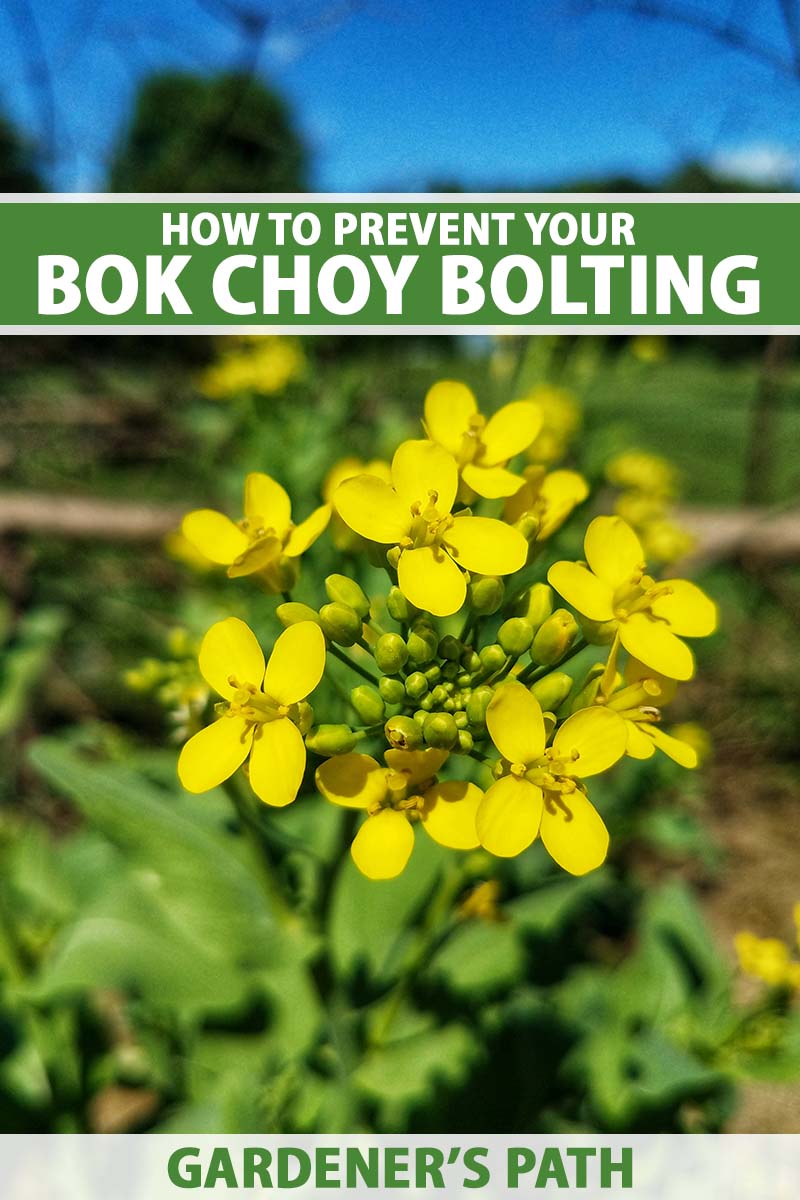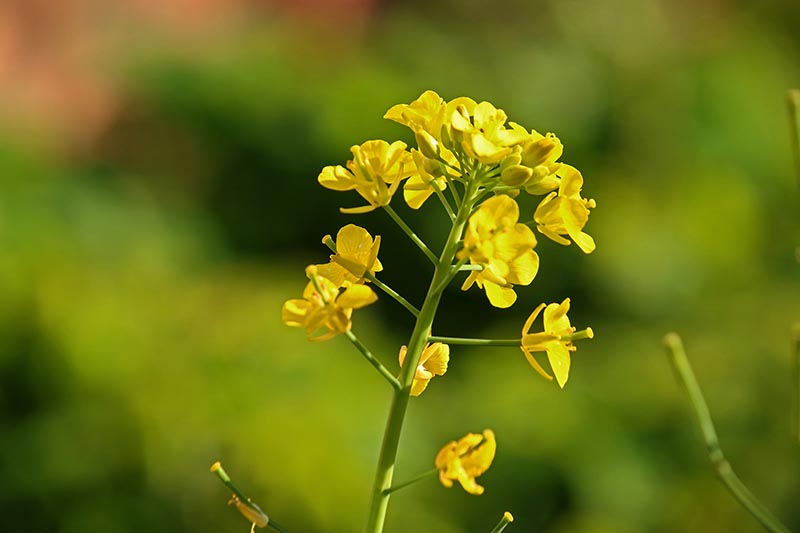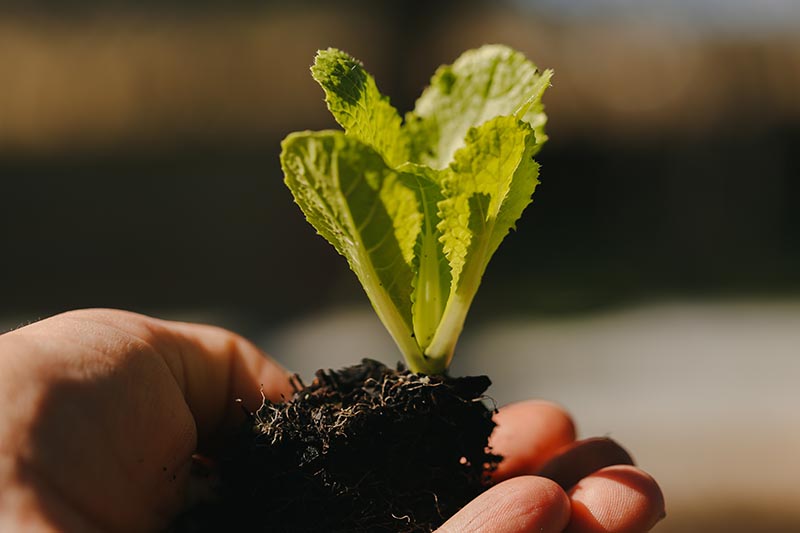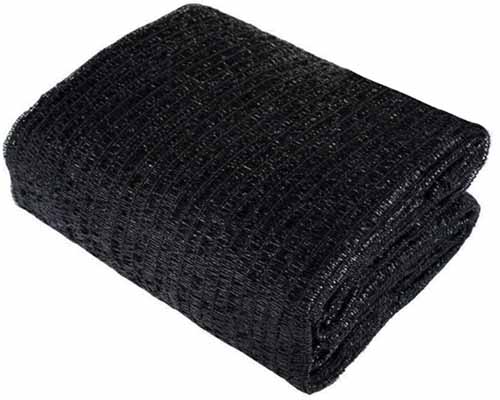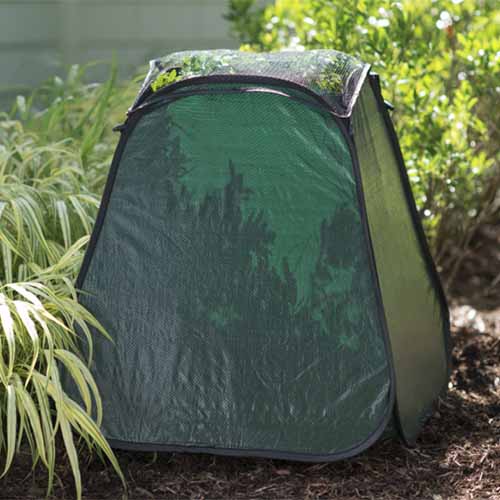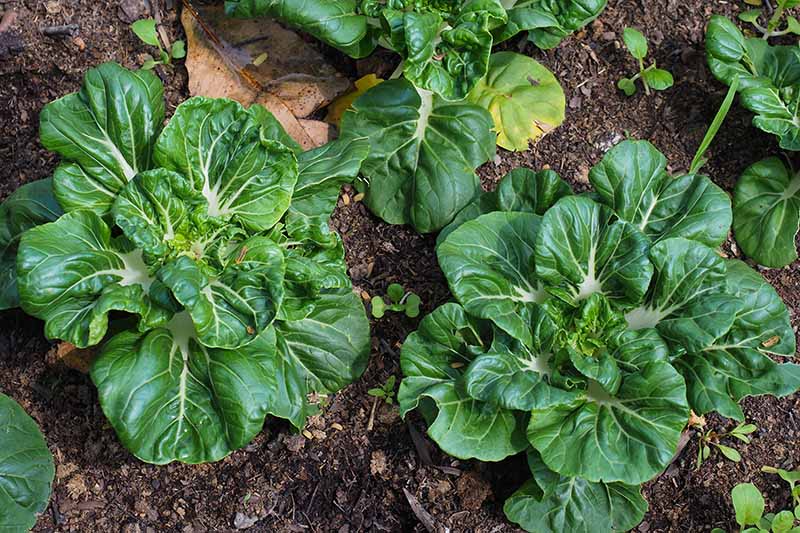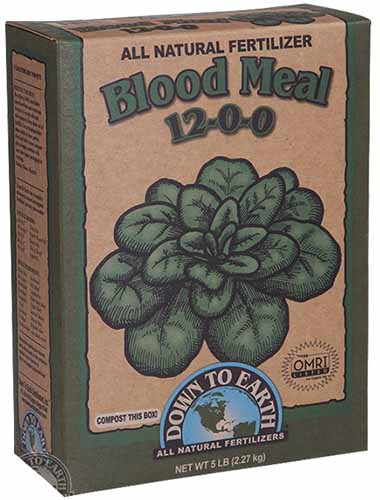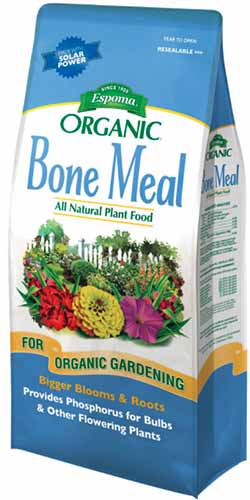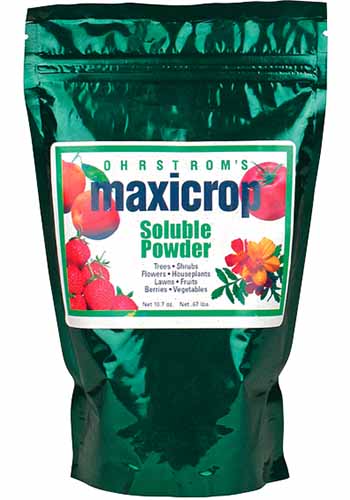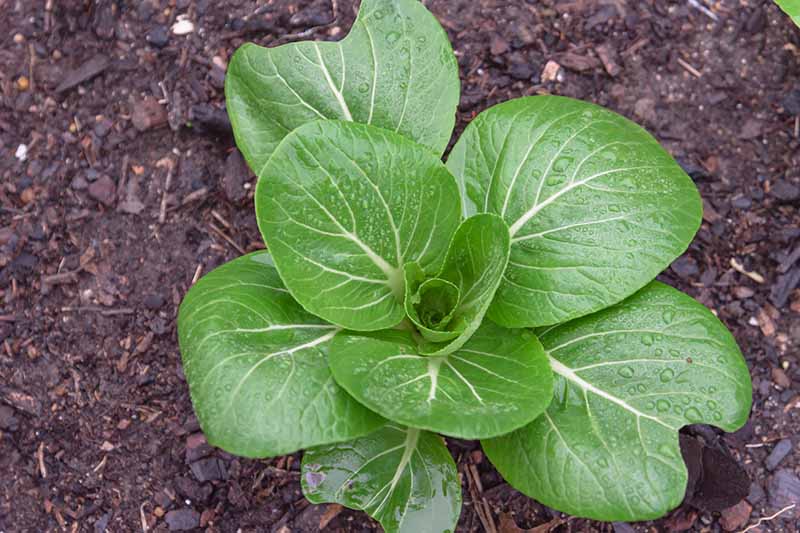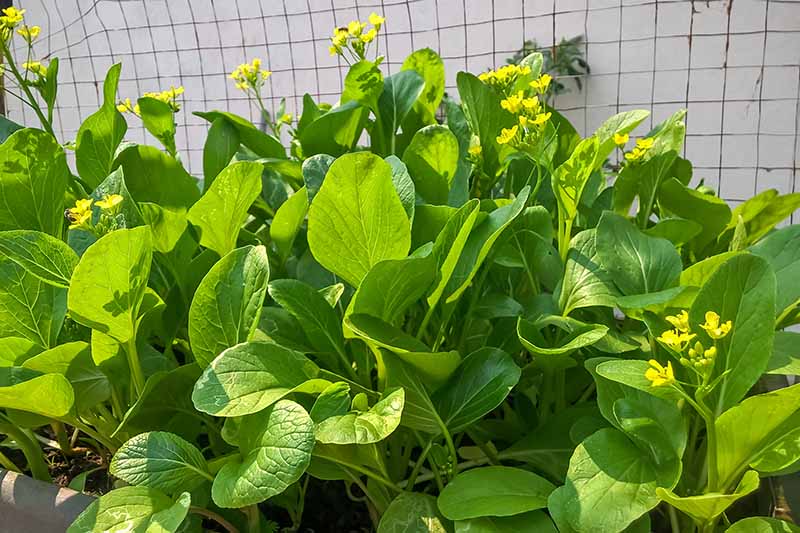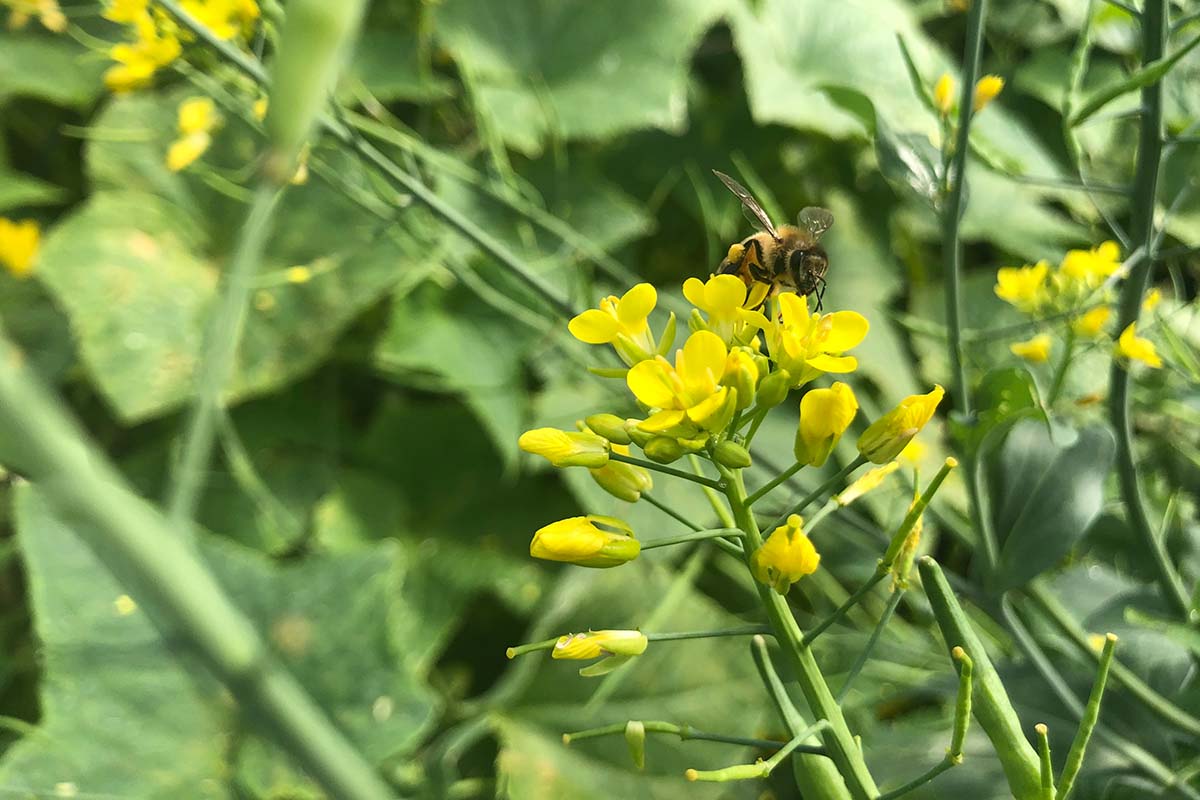When bok choy bolts, the leaves and stems can become tough and woody. The plants will stop growing, focusing their energy on setting seeds instead. The flowers may be pretty, but they signal the end of your bok choy, or pak choi, as it’s often called. We link to vendors to help you find relevant products. If you buy from one of our links, we may earn a commission. To learn more about how to grow this tasty brassica, check out our guide. Here’s what we’ll cover in this article:
What in the World Does “Bolting” Mean?
When I first said to my partner, offhandedly, that the arugula in our garden would not stop bolting, he had no idea what I was talking about. If you don’t either, you’re not alone! Let me explain. “Bolting” is a horticultural term used to describe the process when a plant sends up a flower stalk, and gardeners don’t want this to happen before harvest time arrives. Once this occurs, the plant often turns tough and woody; it’s no longer focusing its energy on developing juicy stems and leaves, but on reproducing instead. Bolting isn’t a simple process. As experts from the Michigan State University Extension put it, “Flowering in most winter annual and biennial plants is influenced by complex interactions between temperature, day length, and stresses of various kinds.” Unfortunately, brassicas have a tendency to bolt. As cool-weather crops, their ideal temperature range is between 60 and 68°F, so anything too far above or below that range can induce bolting. As a member of the brassica family, bok choy, or Brassica rapa var. chinensis, is no different. Turnips are close relatives that are also prone to bolting, for example. You can read more about how to prevent the process in your turnip crop here. So, let’s talk about how you can prevent your beloved bok choy from bolting before you get a chance to harvest it.
How to Keep Your Bok Choy Happy
The key to preventing bok choy from going to seed lies in keeping it as healthy and happy as possible. Here are our top tips for doing just that:
Plant at the Appropriate Time
The first thing to figure out is the ideal time of year to plant your crop. Most varieties mature in 50 to 70 days after germination, and will require those cool daytime temperatures described above in order to thrive. Nighttime temperatures should stay above 50°F; surprise frosts or sustained temperatures below 50°F can quickly drive your plants to bolt. Younger plants are especially susceptible to bolting if exposed to cold temperatures, according to the experts at the Cornell University Extension. To help prevent these issues, gardeners in Zones 2 through 4 will want to start seeds indoors in midspring for an early summer transplant, or direct-sow outdoors at least two weeks after your area’s average last frost date – usually around late May or June, or in early July in some colder regions. In Zones 5 and 6, sow seeds indoors in February or March for an April or May transplant, or direct sow outside in April or May. In Zones 7 through 10, seeds are best sown in the fall, usually between September and November, for a winter harvest. In Zone 11, you’ll want to plant seeds out in January and select heat-resistant varieties only! By following the planting guidelines above, you’ll have a fighting chance at keeping your pak choi growing in its ideal temperature range. Read more about bok choy planting times here.
Provide an Ideal Planting Location
Before you go and stick your bok choy in full sun next to your carrots or bush beans, take a moment to consider this: while pak choi can technically grow in full sun, it prefers partial shade – just provide three to five hours of sunlight per day and it will do fine. Pak choi thrives in organically rich, well-draining soil with a pH between 6.0 and 7.5. I use these black shade cloths from Agfabric, available from the Home Depot. Agfabric Shade Cloth Conversely, if predicted temperatures are going to be dipping too low, add an extra inch or two of mulch to the planting area and pop a few plant protectors over top. I love these pop-up plant protectors from Gardener’s Supply Company. Pop Up Plant Protector They can help to keep your bok choy from getting too cold in the event of surprise frosts or temperatures below 50°F. It’s always a good idea to have a few in your gardening supply stash.
Test Your Soil
Humorously, the authors say that bolting due to subpar soil and other stressors is like the plant saying, “I’m stressed out and unhealthy, and I believe I might be dying! I need to reproduce as soon as possible so the world will be blessed with my offspring!” This is important because the pH affects how well the nutrients in the soil can be taken up by the plant. If the plant can’t properly absorb nutrients, it’s more likely to become stressed which can lead to bolting.
Harden Plants Off
I know, I know. It’s so hard to spend a week or two hardening off your gorgeous young plants when it’s time to transplant them out from your home, or from the nursery where you bought them. Nitrogen, potassium, and phosphorus are all important to growing healthy bok choy. If your soil test results show that the planting area lacks adequate amounts of these nutrients, amend the site accordingly. Blood Meal Applying blood meal, like this organic product from DTE™ that’s available from Arbico Organics, adds nitrogen to the soil. Bone Meal Bone meal is rich in phosphorus, and we love this product from Espoma, which is available from the Home Depot. Maxicrop For soil that lacks potassium, Maxicrop’s seaweed powder is an excellent source. Find it at Arbico Organics. But trust me: it’s worth the wait. Transplant shock can stress your young plants and cause them to bolt. But if you harden them off by setting them outside for one hour the first day, two hours the next, and so on for increasing amounts of time until they’re able to withstand the conditions outside 24/7, you’ll minimize the risk of transplant shock and reduce the chances of bolting.
Water and Mulch Appropriately
Keeping your pak choi adequately watered is a crucial component to reducing stress and bolting. A dried-out plant is a stressed-out plant, and it’ll bolt more easily than a well-watered one. The soil needs to be consistently moist but not waterlogged. In the absence of rain, you’ll need to water frequently so that the soil is never allowed to dry out completely. As a rule of thumb, an inch of water per week should do the trick, but this will vary depending on the type of soil in your backyard. Sandy soil that drains quickly will require more frequent watering than heavier soils that drain more slowly. Add a two- to three-inch layer of organic mulch around your plants to help retain moisture in the soil. But be sure to avoid placing it directly around the stems, so you don’t introduce rot or make them more prone to fungal disease.
What to Do When Your Plants Go to Seed
If your pak choi sends up a flower stalk, try not to panic. If the plant is young and has small leaves, you can harvest and eat them – and go ahead and harvest the flower stalk while you’re at it. Whether unopened or opened, the bright yellow flowers have a bold, mustardy, peppery flavor that pairs well with all sorts of savory dishes. You can also try leaving a bolted plant alone, allowing it to flower and set seed. Water it regularly and apply a balanced fertilizer every two to three weeks until the stems and seed pods are brown and dry. Cut the pods off the plant, break them open, and scrape out the seeds. Store them in an airtight container in a cool, dark room for up to two years to plant out next year. Have you ever dealt with bolting bok choy? Let us know in the comments section below! We love reading your stories and digging into your questions. For more tips on growing bok choy at home, check out these articles next:
Bok Choy Spacing: How Far Apart to Plant Your CropsWhen and How to Harvest Bok ChoyHow to Regrow Bok Choy from Scraps
